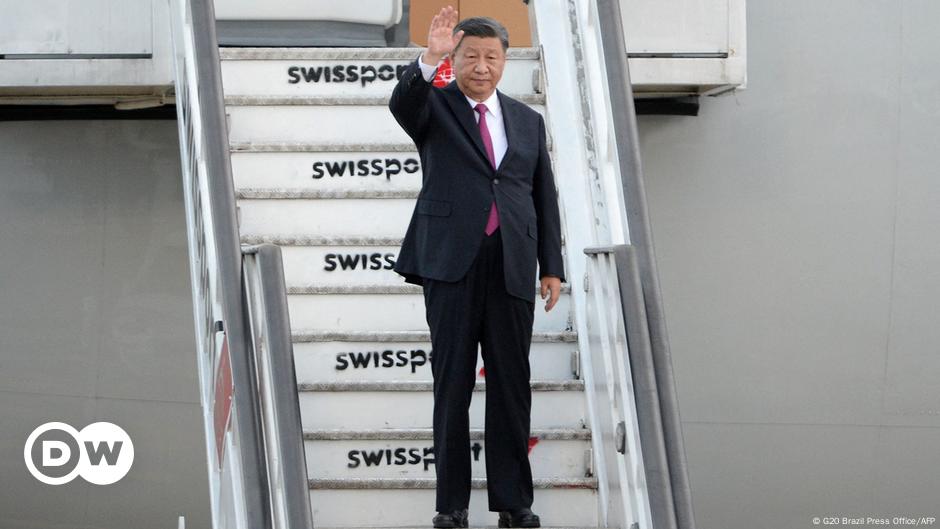Landmines killed or maimed more people in Myanmar than in any other country in 2023, with at least 1,000 casualties reported as the country’s brutal conflict intensifies.
According to the annual Landmine Monitor report, there has been a “significant increase” in the use of mines across Myanmar in the last 18 months, with both the junta and anti-regime forces laying the weapons.
But with 1,003 casualties recorded, the southeast Asian country has now narrowly overtaken Syria to top the grim index for the first time.
Having seen the highest number of annual casualties for three years, Syria reported 933 deaths and injuries in 2023. Afghanistan and Ukraine - where at least 13 different types of antipersonnel mines have been deployed by Russia - both saw more than 500 casualties.
In all, landmines and other explosive remnants of war killed or injured at least 5,757 people across the globe in 2023 - 84 per cent of these people were civilians, and 1,498 were children.
“At this point, the future outlook in Myanmar is bleak,” said Yeshua Moser-Puangsuwan, the Myanmar researcher for the Landmine Monitor, which is coordinated by the International Campaign to Ban Landmines (ICBL). He added that figure in Myanmar - which includes 770 injuries, 228 deaths and six unknown outcomes - is likely an underestimate.
“This is the number we know of. There is no comprehensive medical surveillance system in the country - the real number is certainly much more,” he said.
The rise in landmines comes as fighting ramps up in a protracted civil war, which was sparked by a ruthless crackdown on peaceful protesters following a military coup in February 2021. Now, dozens of different armed groups are fighting in opposition to the junta.
Mines have been documented in Myanmar every year since the first Landmine Monitor in 1999, but the number used and consequent toll is rising, and both the military and anti-regime forces have used the weapons.
Yet although the junta has previously admitted to laying mines in areas when they are under attack, the report said there is also evidence they are also using civilians as “guides”, making them walk in front of its units in mine-affected areas, “effectively to detonate landmines”.
For instance documented in June 2024, one villager died and two were injured in the central Sagaing region when the military forced locals to clear landmines planted by rebel groups; in another in September 2023, the army used eight people as “human shields” in Kachin state, and one was injured after stepping on a mine.
“This is a grave violation of international humanitarian and human rights law,” the report said.
Elsewhere, the report - which comes ahead of a major Mine Ban Treaty conference in Cambodia, next week- warned that governments in countries including Russia, Iran and North Korea have all laid new landmines since mid 2023, as have non-state armed groups in Colombia, India, Pakistan and Gaza.
In Africa, too, new use of landmines has been documented, by groups operating in Benin, Burkina Faso, Cameroon, the Democratic Republic of Congo, Mali, Niger and Nigeria.
But while these weapons take only a moment to lay, clearing contaminated land can take decades, with 58 countries globally impacted by landmine contamination.
In 2023, 160,500 antipersonnel landmines were destroyed across more than 282 kilometres squared of land - the largest area cleared since 2019, with 75 per cent of removals in Cambodia and Croatia. But it is painstaking work, and many other countries have made negligible progress.
“Year after year, the annual number of landmines casualties remains very high,” said Anne Héry, advocacy director at Humanity & Inclusion. “Conflicts are proliferating, and some armies, such as Russia in Ukraine, or Myanmar are using landmines on an extensive scale.
“Moreover, areas remain contaminated for extended periods, causing casualties long after the violence has ceased,” she said, noting that violence has significantly fallen since a truce in Yemen in October 2021, but that 499 were still killed or injured by landmines in 2023.
Tamar Gabelnick, Director of the ICBL, added: “This flagship report records a shocking number of civilians killed or injured by antipersonnel mines, including children. Any use of antipersonnel mines by any actor under any circumstances is unacceptable and must be condemned.
“All countries that have not yet done so should join the Mine Ban Treaty to turn back this tide and end the suffering caused by these vile weapons.”
Protect yourself and your family by learning more about Global Health Security

 By The Telegraph (World News) | Created at 2024-11-20 17:55:12 | Updated at 2024-11-24 13:24:33
3 days ago
By The Telegraph (World News) | Created at 2024-11-20 17:55:12 | Updated at 2024-11-24 13:24:33
3 days ago








